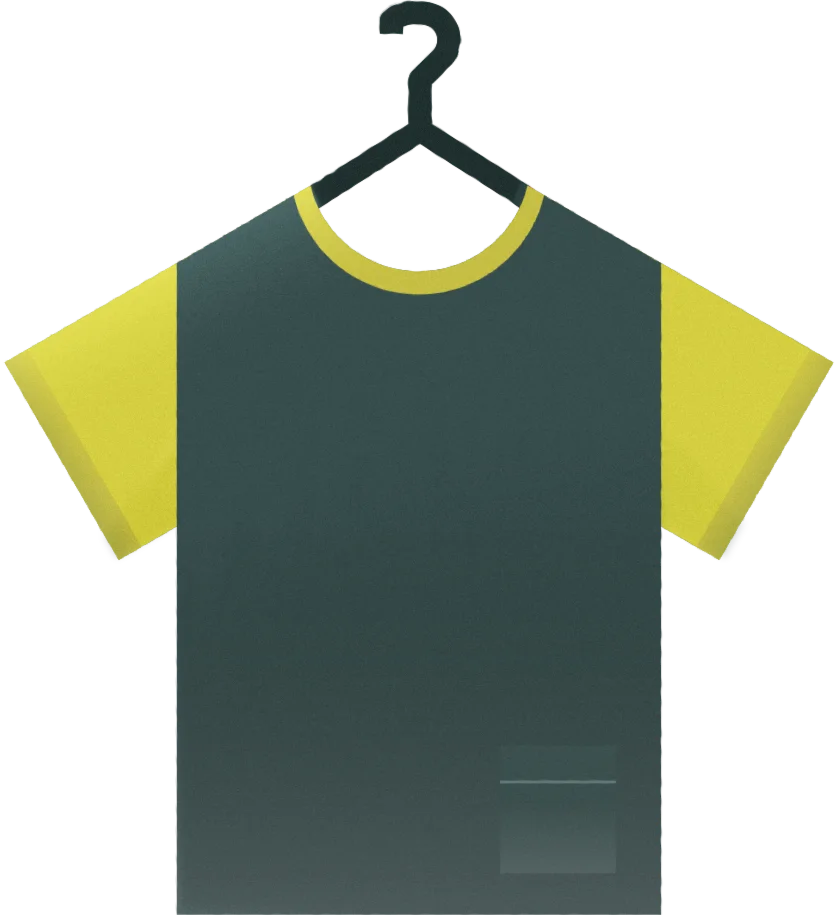Revolution

The profound changes that are turning planet Earth into a fashion victim.
Not built to last, fast fashion doesn’t. Except in landfills.
The fashion industry is worth US$2.5 trillion. It’s the second largest polluter in the world, just after the oil industry. Environmental damage is increasing as the industry grows.
So how much do you really know about what our obsession with clothes is costing the Earth?


We love clothes so much that we are buying more and more and wearing them fewer and fewer times.

Increasingly, we love ‘fast fashion’ – ultra-cheap clothing designed to be worn briefly and then tossed when the next new trend rushes by.


What percentage of greenhouse gases is the fashion industry responsible for?
Fashion greenhouse gases come not just from manufacturing and transporting, but also because the synthetic fibres found in most clothes come from fossil fuels.
At this rate the UN Framework Convention on Climate Change predicts that by 2030 fashion emissions could increase by 60 percent.
How many tonnes of oil does fashion use every year?
Polyester is always in vogue in fast fashion, it’s found in half of all textiles, and ‘virgin’, or brand new, polyester is the biggest culprit.
A year’s manufacture is equal to the CO2 from 180 coal-fired plants, or about 700 million tonnes. We are using more than double the amount of virgin polyester than we were 20 years ago.
As a result about 10 percent of the microplastics dumped in oceans each year—500,000 tonnes, or the equivalent of 50 billion plastic bottles—come from fashion.
How does fashion stack up against other big carbon emitters?
Fashion pumps out more CO2 than all international flights and maritime shipping combined, as much as the output of the European Union.
And the World Bank says the average person is buying 60 percent more clothes than in 2000.
How many trees fall victim to fashion every year?
The fashion industry plays a significant role in deforesting the Amazon rainforest.
Much of the wood is used to make fabrics such as viscose and rayon. Demand for wood pulp is growing and could be 15 million tonnes higher in 2035 compared to 2018.
Many big fashion houses also use the Amazon to produce leather for bags and shoes.
How much water was used to make my jeans?
The United Nations Environment Programme and the Ellen MacArthur Foundation estimate 3,781 litres is needed for a single pair.
This is equal to 33.4 kilogrammes of carbon. The fashion industry is the world’s second largest water guzzler. It uses 93 billion cubic metres a year, enough to meet the needs of five million people. And about 20 percent of the world’s wastewater comes from toxic fabric dyeing and treatment.
How often does the average person wear one item of ‘fast fashion’?
Fast fashion companies release up to 14 collections every year, and some even more, encouraging shoppers to ‘wear and disappear’ their clothing.
A Guardian newspaper report shows many women consider an item worn once or twice to be ‘old’.
Thirty percent of all clothes made are never sold and 57 percent end up in landfills—that’s a truckload either dumped or incinerated every second. This not only releases dangerous gases, it costs the world economy US$500 billion a year. And less than one percent of used clothing is ever recycled.
Luxury brands also play a role in clothing waste, burning clothes rather than seeing their prestige diluted by lower prices.
How does fast fashion affect developing countries?
The fashion industry is almost entirely unregulated leaving it free to exploit workers and their environments.
It’s reported to be the second biggest cause of modern slavery. So, the true cost of that single-use party dress is paid by the workers, often children, toiling long hours for less than a minimum wage in unsafe conditions, and with no social protection. And fashion industry wastewater dumps lead, mercury and arsenic, which harms local communities first, and then ultimately spreads around the globe.
out of 7
Full marks for stopping by! And for hearing the truth - that there are no winners in fast fashion.
Too often the industry gets a free pass while taking hacking shears to most of the Sustainable Development Goals, particularly as they concern poverty, human rights, gender equality, clean water, decent work, responsible consumption and production, and the climate crisis.
We hope what you’ve learned will encourage you to join us in shopping around for a new ethical and sustainable approach to fashion – one that is tailored to both our love of clothes and our planet and fellow humans.



